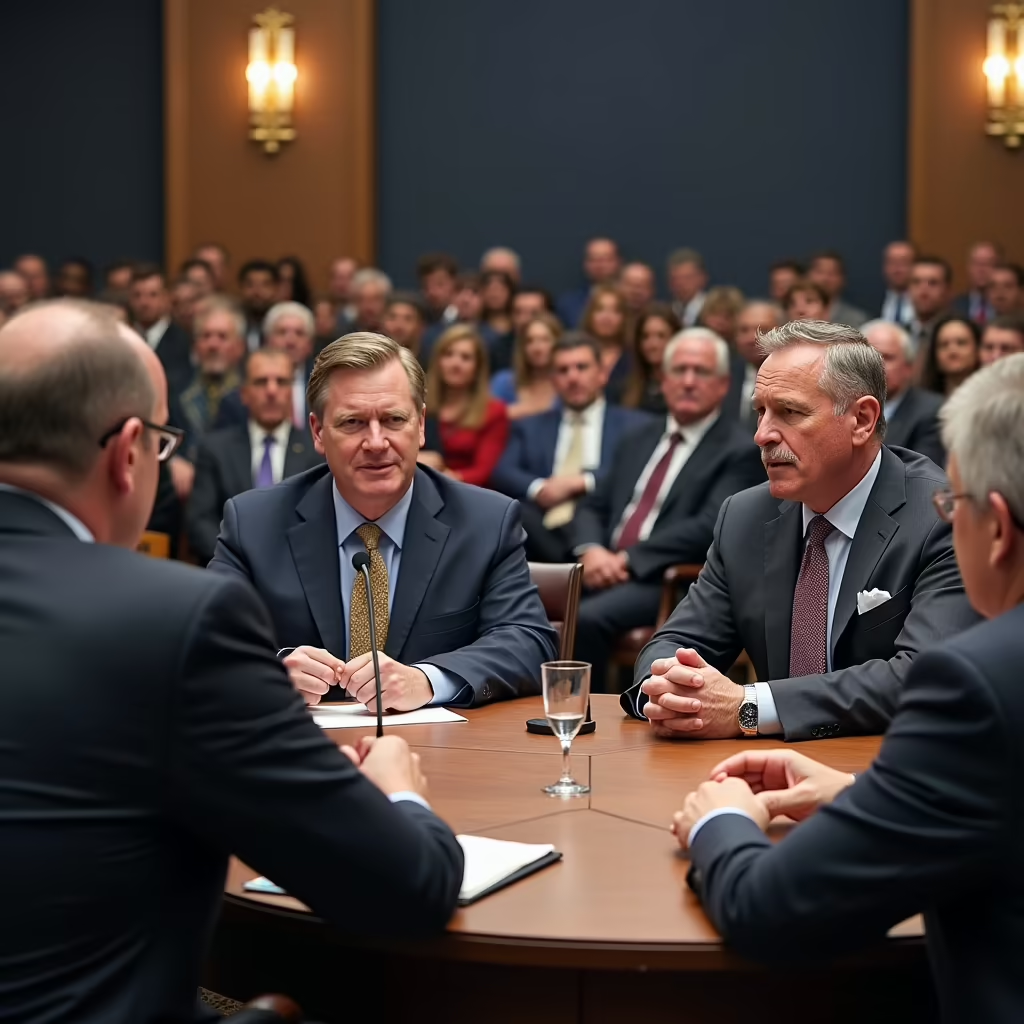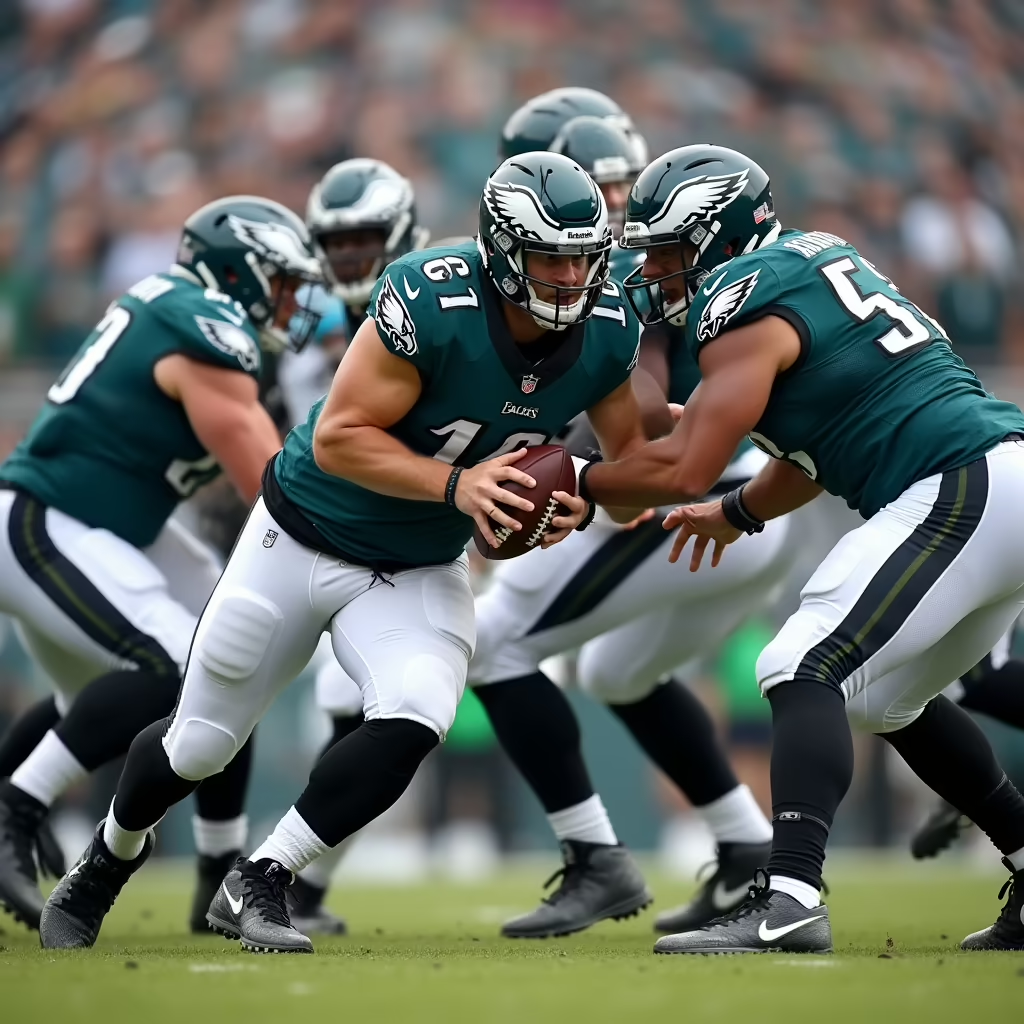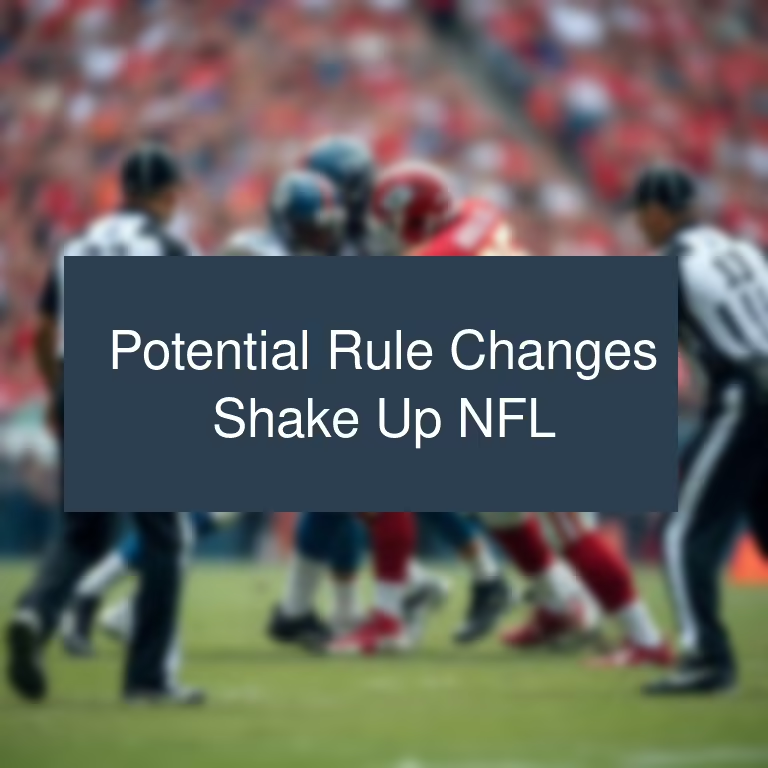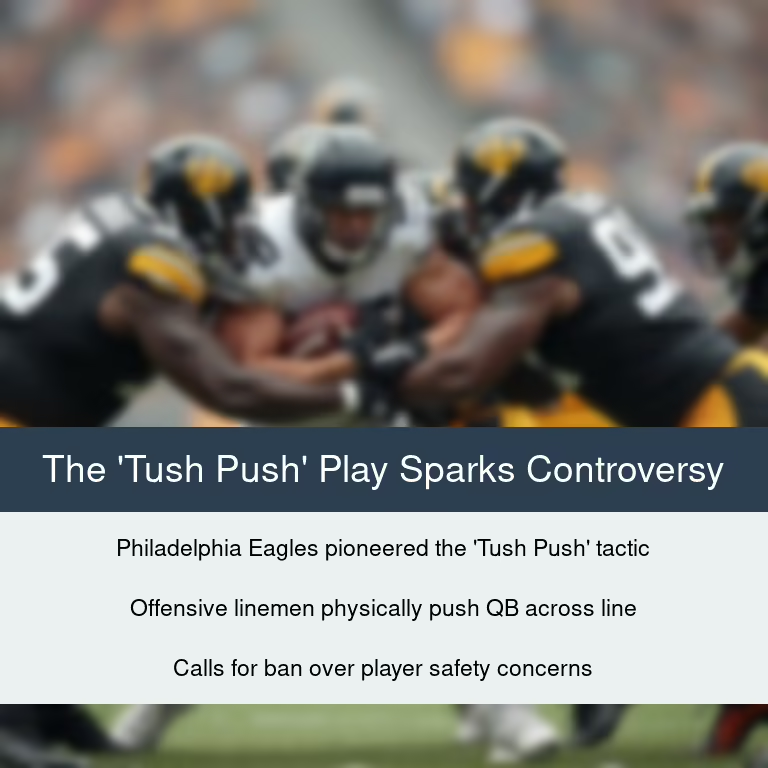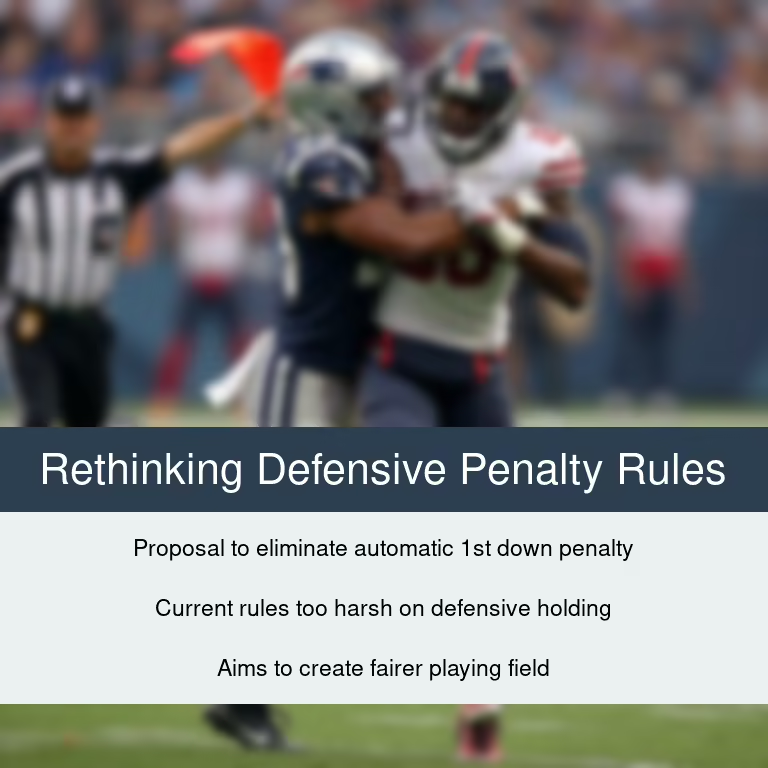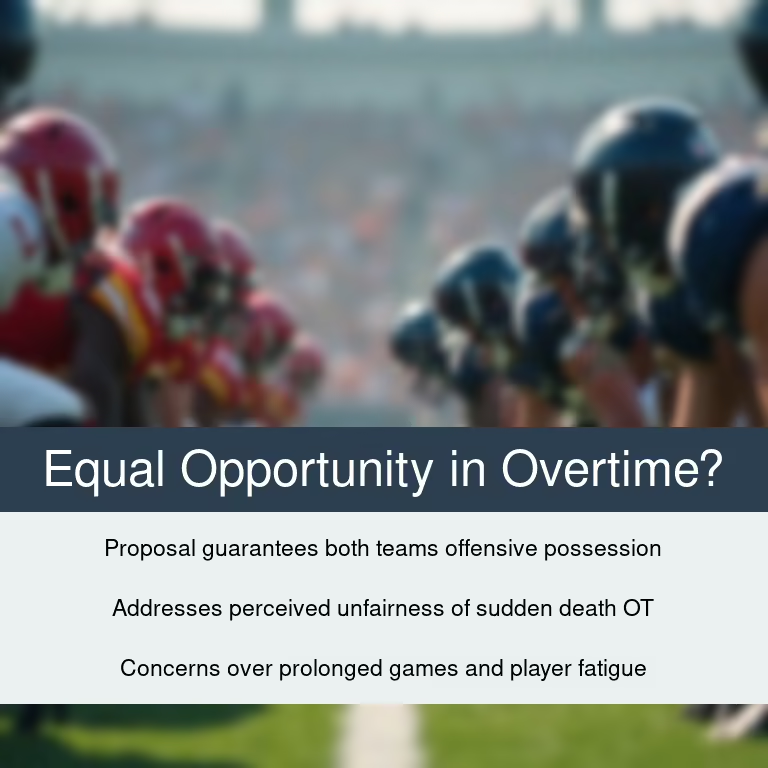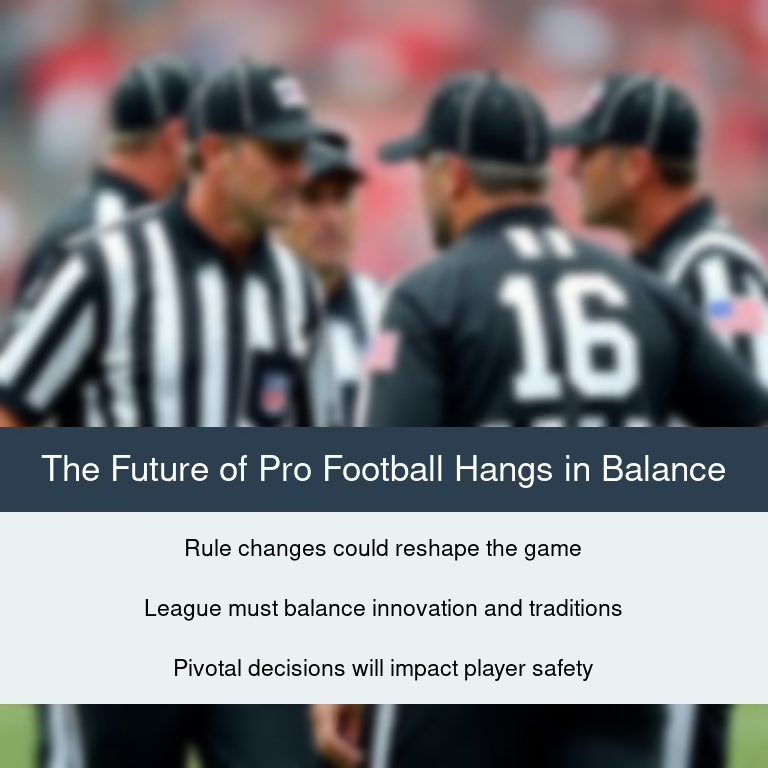As the NFL gears up for its annual meeting, several contentious rule change proposals have sparked intense debate among teams, players, and fans alike. From the controversial ‘Tush Push’ technique to the potential overhaul of overtime regulations, the league faces pivotal decisions that could reshape the game as we know it.
The Tush Push Debate: Pushing the Limits?
At the center of the storm lies the ‘Tush Push’ or ‘Brotherly Shove,’ a highly effective yet divisive tactic pioneered by the Philadelphia Eagles. This innovative play involves two offensive linemen physically pushing the quarterback across the line of scrimmage, propelling him forward like a human battering ram. While the Eagles have enjoyed remarkable success with this maneuver, converting an astonishing 87% of attempts, concerns over player safety and the integrity of the game have prompted calls for its outright ban. The Green Bay Packers, among others, have submitted a proposal to prohibit this controversial technique, citing potential injury risks and the perceived violation of the ‘assisting the runner’ rule. However, supporters argue that the play falls within the bounds of legality, as the NFL’s rulebook permits pushing the ball carrier, albeit not pulling or carrying. As the debate rages on, the league must carefully weigh the delicate balance between innovation, competitiveness, and player well-being.
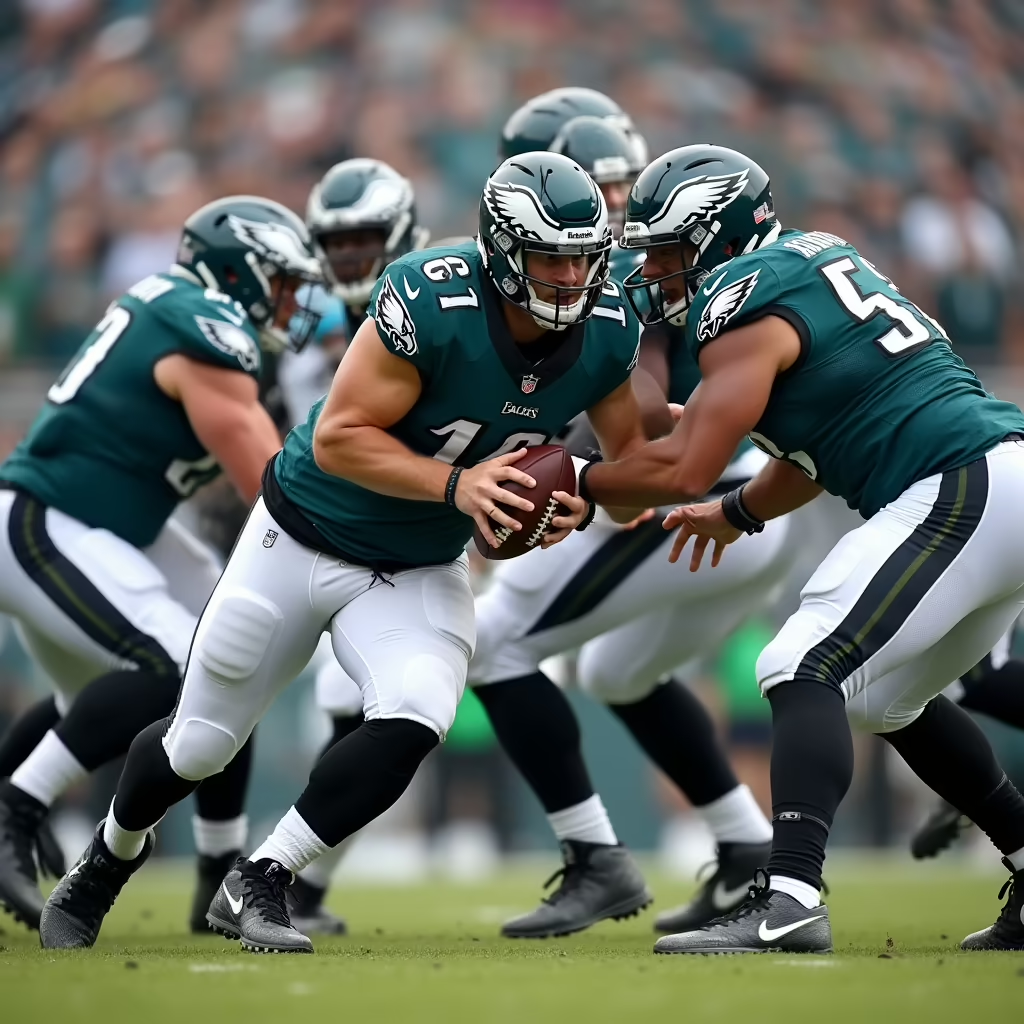
Rethinking Defensive Penalties: A Fair Game?
Another contentious issue on the table is the Detroit Lions’ proposal to eliminate the automatic first down penalty for defensive holding and illegal contact fouls. Currently, these infractions result in an automatic first down for the offense, a rule that has long been a source of frustration for defensive units. Proponents of the change argue that the penalty is disproportionately harsh, potentially swinging the momentum of a game on a single play. They advocate for a more measured approach, such as a simple yardage penalty, to maintain a level playing field. However, opponents contend that the automatic first down serves as a deterrent against overly physical play, protecting offensive players from excessive contact and ensuring a fair contest. As the discussion unfolds, the NFL must strike a delicate balance between preserving the integrity of the game and addressing legitimate concerns from both sides of the ball.
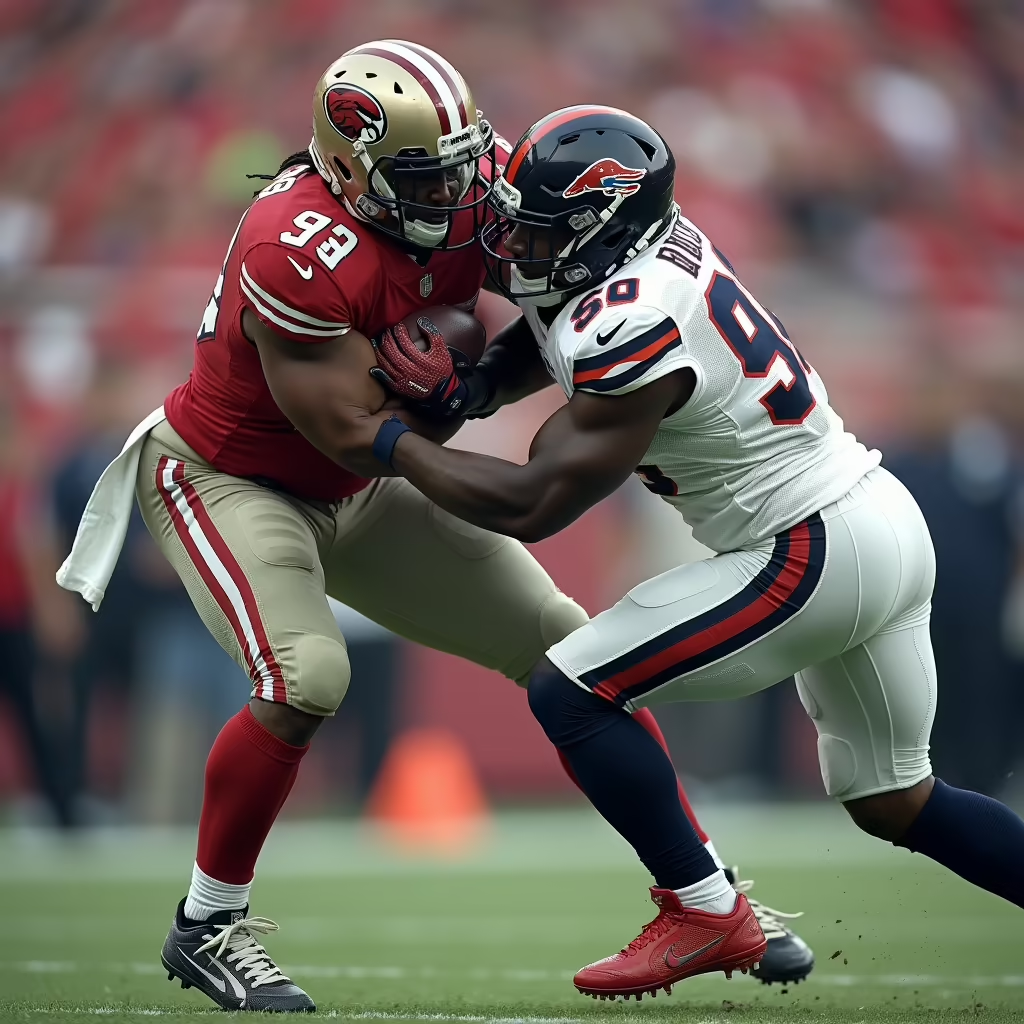
Overtime Overhaul: Equal Opportunity or Endless Chaos?
Perhaps the most far-reaching proposal comes from the Philadelphia Eagles, who seek to guarantee both teams possession of the ball in regular season overtime games. Under the current rules, if the team that receives the overtime kickoff scores a touchdown on the opening possession, the game ends without the other team getting an opportunity to possess the ball. This system has long been criticized for its perceived unfairness, as a single possession can determine the outcome, regardless of the opposing team’s offensive prowess. The Eagles’ proposal aims to level the playing field by ensuring each team has a chance to score, potentially leading to a more equitable and exciting overtime format. However, critics argue that this change could prolong games indefinitely, leading to player fatigue and increased injury risks. Additionally, some purists contend that the sudden-death nature of the current overtime rules adds an element of drama and urgency to the game. As the league grapples with this complex issue, it must carefully weigh the competing interests of fairness, player safety, and the preservation of the game’s unique excitement.
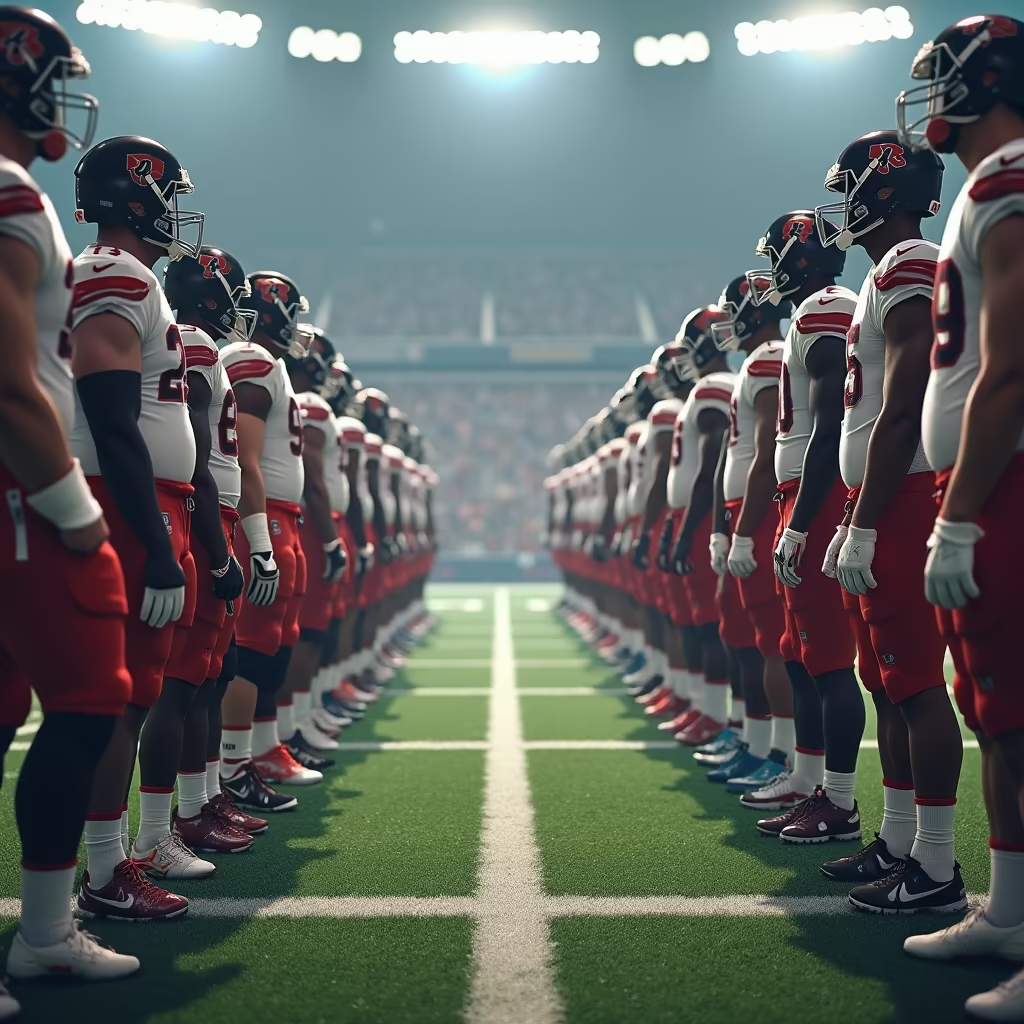
Rule Changes on the Horizon: The NFL’s Pivotal Decisions
As the NFL’s annual meeting approaches, these three proposals represent just a fraction of the potential rule changes under consideration. From the ‘Tush Push’ debate to the rethinking of defensive penalties and the potential overhaul of overtime regulations, the league faces pivotal decisions that could fundamentally reshape the game we love. Each proposal carries its own set of implications, igniting passionate discussions among teams, players, and fans alike. As the deliberations unfold, the NFL must navigate these complex issues with wisdom and foresight, striking a delicate balance between innovation, fairness, player safety, and the preservation of the game’s rich traditions. The decisions made at this pivotal juncture will undoubtedly have far-reaching consequences, shaping the future of professional football for years to come. Fans and stakeholders alike eagerly await the outcome, hoping for a resolution that upholds the integrity of the sport while embracing the ever-evolving landscape of modern athletics.
